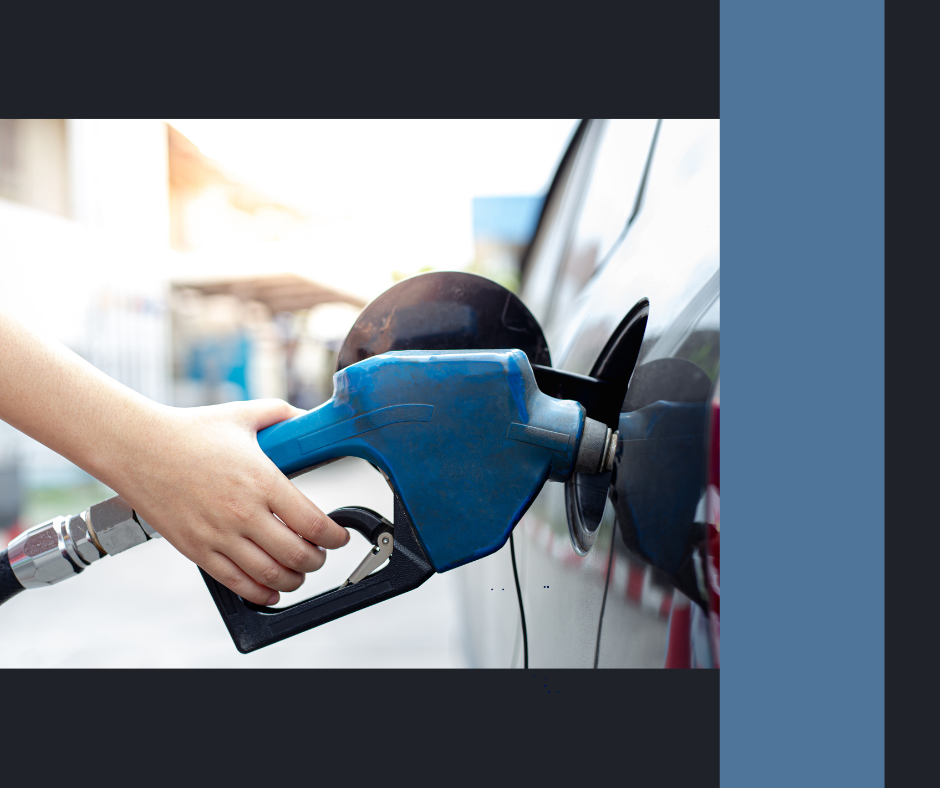
Gas Shortages: How to Make Your Fuel Last Longer in a Crisis
Share
Gas shortages can happen due to natural disasters, supply chain disruptions, economic crises, or geopolitical events. When fuel becomes scarce, every drop counts. Whether you're trying to stretch your gas for daily commutes, emergency evacuations, or off-grid survival, here are practical strategies to make your fuel last as long as possible.
1. Drive Smarter, Not Harder
Your driving habits play a huge role in fuel consumption. To conserve gas:
- Avoid aggressive driving. Rapid acceleration and hard braking waste fuel. Drive smoothly and maintain a steady speed.
- Use cruise control on highways. This helps maintain fuel efficiency by preventing unnecessary acceleration.
- Avoid idling. Turn off the engine if you're stopped for more than a minute. Idling burns fuel without getting you anywhere.
- Drive at optimal speeds. Most vehicles achieve peak fuel efficiency between 45-65 mph. Driving faster than necessary burns extra gas.
2. Plan Your Trips Wisely
Reducing unnecessary driving can save you gallons of fuel.
- Combine errands. Instead of making multiple short trips, plan a single efficient route.
- Carpool whenever possible. Sharing rides helps everyone save fuel.
- Use alternative transportation. Walking, biking, or public transit can help conserve your gas supply.
- Avoid rush hours. Sitting in traffic burns gas. Travel during off-peak times if possible.
3. Maintain Your Vehicle for Maximum Efficiency
A well-maintained car runs more efficiently and uses less gas.
- Keep tires properly inflated. Under-inflated tires increase fuel consumption. Check pressure regularly.
- Change the air filter. A clean air filter improves engine efficiency and fuel economy.
- Use the recommended motor oil. The right oil reduces engine friction and improves mileage.
- Keep your engine tuned. Fixing minor issues like faulty oxygen sensors can significantly boost fuel efficiency.
4. Reduce Vehicle Load and Drag
The heavier your vehicle, the more fuel it burns.
- Remove unnecessary items. Extra weight in the trunk or roof racks can decrease mileage.
- Use aerodynamic accessories. Roof racks and cargo carriers create drag—remove them when not in use.
- Keep windows closed at high speeds. Open windows increase air resistance, reducing fuel efficiency.
5. Use Fuel Alternatives
In a long-term gas shortage, finding alternative fuel sources may be necessary.
- Stockpile fuel safely. Store gasoline in approved containers and use fuel stabilizers for long-term storage.
- Consider dual-fuel or alternative-fuel vehicles. Propane, diesel, hybrid and electric vehicles provide options if gas is unavailable.
- Use manual or electric transportation. Bikes, scooters, or even horses can be viable alternatives in extreme shortages.
6. Know Where to Find Fuel During a Shortage
If gas stations are running dry, consider these options:
- Smaller, independent gas stations may have fuel when major chains run out.
- Rural areas often experience shortages later than urban centers.
- Emergency stockpiles in government or disaster relief zones may provide fuel in extreme cases.
- Bartering and trading—In a prolonged crisis, fuel could become a valuable trade item.
7. Prepare for Long-Term Fuel Independence
If gas shortages become a recurring problem, long-term solutions include:
- Investing in fuel-efficient vehicles like hybrids or diesel engines.
- Installing solar panels to power electric vehicles or reduce reliance on generators.
- Learning alternative transportation methods to reduce dependency on fuel.
Final Thoughts
Gas shortages can be stressful, but by driving smarter, maintaining your vehicle, and planning ahead, you can stretch your fuel supply during a crisis. Taking action now ensures you’re prepared for any fuel-related emergency.
No fuss. No fluff. No fear.
Other Articles of Interest
How to Prep Your Car for Emergencies
Best Vehicles for Emergency Preparedness: What You Should Know
